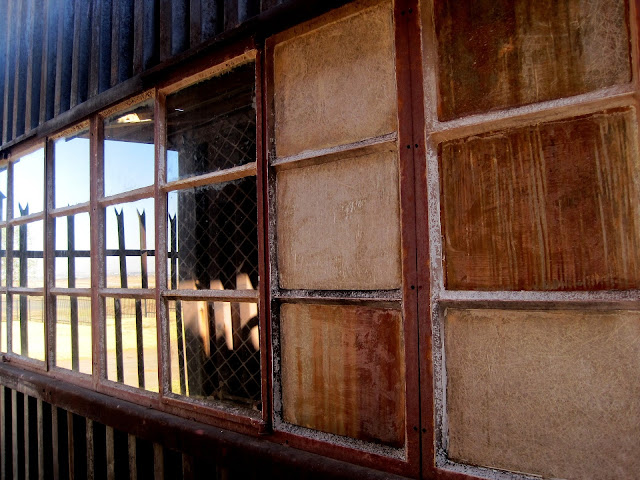Elevate Your Packaging Game: A Comprehensive Look at Post-Printing Machines Introduction: In the ever-evolving landscape of packaging, staying ahead of the competition requires innovation and efficiency. Post-printing machines have emerged as game-changers in the packaging industry, offering manufacturers unparalleled flexibility and quality in producing corrugated boxes. This comprehensive guide aims to delve into the world of post-printing machines, exploring their functionalities, benefits, and the transformative impact they have on elevating packaging standards. Understanding Post-Printing Machines: Post-printing machines are integral to the manufacturing process of corrugated boxes, enabling the application of graphics, text, and branding onto pre-formed boxes. Unlike pre-printing methods, which occur before corrugation, post-printing takes place after corrugation, allowing for greater customization and efficiency. Types of Post-Printing Machines: Flexographic Printing Presses: Th...
Stabilizing Loads With Slip Sheets For Stretch Wrapping
Slip sheets are thin pallet-sized sheets made of corrugated cardboard or plastic that are used to stabilize loads during transportation and storage. They are placed between the layers of a product or between the product and the pallet to create a more stable base for stretch wrapping. Slip sheets are an effective alternative to pallets, as they are more lightweight, take up less space and are less expensive.
Using slip sheets for stretch wrapping offers several benefits, including:
- Improved stability: Slip sheets provide a stable base for products during transportation and storage. They help to prevent products from shifting or toppling over during transit.
- Reduced costs: Slip sheets are less expensive than pallets and take up less space, making them a cost-effective option for businesses.
- Improved efficiency: Using slip sheets can speed up the loading and unloading process as they are easier to handle than pallets. This can lead to improved efficiency in the supply chain.
- Eco-friendliness: Slip sheets are often made from recycled materials, making them an eco-friendly option for businesses looking to reduce their carbon footprint.
Overall, slip sheets are an effective way to stabilize loads during transportation and storage, and can help businesses save money, improve efficiency, and reduce their environmental impact.

Comments
Post a Comment